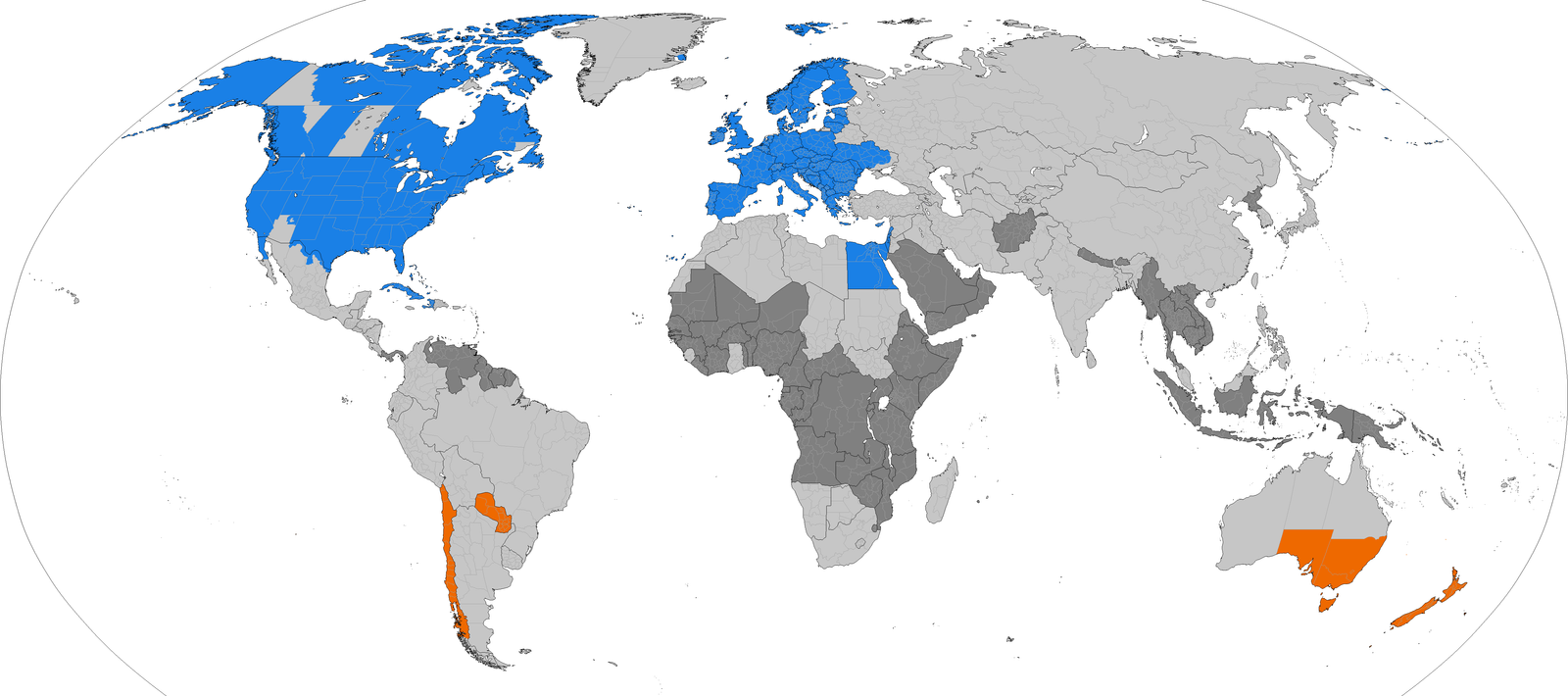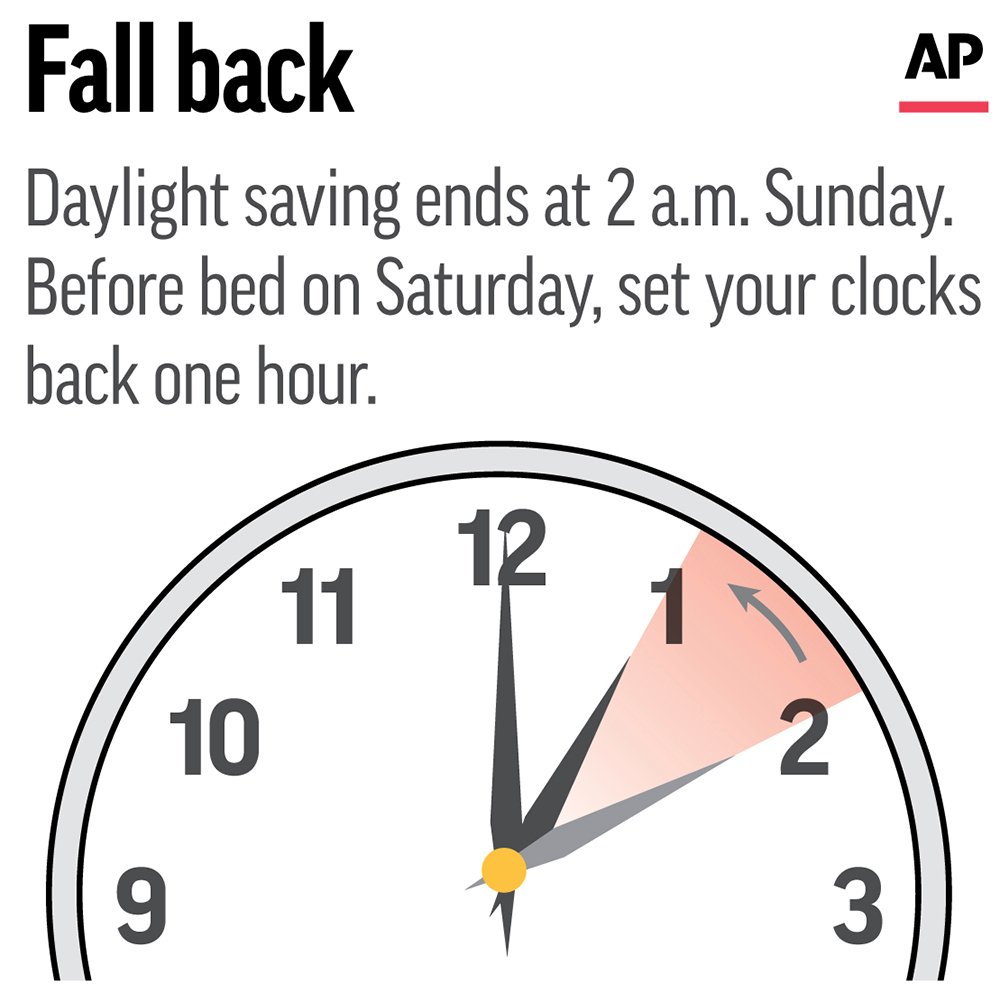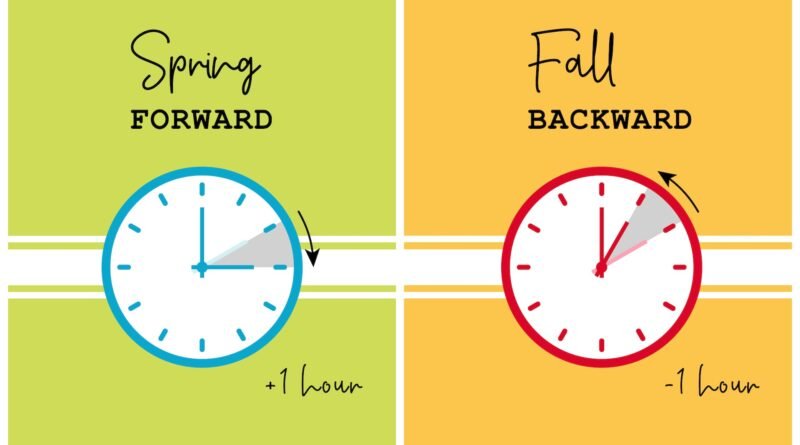Daylight Saving Time
Imagine you’re an adventure seeker gearing up for a high-thrills journey across multiple continents. As you pack and plan, considering all the fascinating locations you’ll be visiting, don’t forget one crucial detail: Daylight Saving Time. It’s a universal practice that can quite literally affect the ‘time’ of your life, possibly throwing your carefully coordinated adventure plans into chaos if not understood correctly. Your exciting travels should be filled with memorable moments, not unexpected delays or confusion because of Daylight Saving Time misunderstandings. With this guide, you’ll be able to navigate the time shifts like a pro.
History of Daylight Saving Time
The concept of Daylight Saving Time (DST) has a rather intriguing history. Remember when your parents reminded you to adjust your clocks because of it? Ever wondered why we do this?
Early Proposals
The concept is believed to have been initially proposed by none other than Benjamin Franklin. Not to save daylight per se, but to save candles by making better use of daylight. This concept was only given a formal proposition by a New Zealand entomologist, George Vernon Hudson, in 1895, who wanted more daylight in the evenings for his bug collection hobby.
First Official Use
The first official use of DST, however, was during the First World War, by Germany and Austria, to save fuel needed for war materials. This concept was quickly picked up by other countries, and despite being discontinued after the war, made a comeback during the Second World War.
Adoption and Rejection Over Time
The adoption of DST has changed significantly over time. It was widely adopted during the energy crises of the 1970s but also widely abandoned when the crises ended. There are changes due to political and economic factors too. Over time, it has evolved from being a method to conserve energy to creating more leisure time.
How Daylight Saving Time Works
So, how does this practice work? Let’s delve into that.
Advancing the Clocks
In spring, DST asks us to push our clocks one hour ahead to “spring forward”, effectively moving an hour of daylight from the morning to the evening.
Reversing the Change in Fall
Then, in autumn, we “fall back” by setting our clocks one hour back, reversing the change made in spring.
Different Practices Around the Globe
Different countries observe DST at different times, and some don’t observe it at all! For instance, in Europe, it starts on the last Sunday in March and ends on the last Sunday in October. Meanwhile, the U.S. begins DST on the second Sunday in March and ends on the first Sunday in November.

Benefits of Daylight Saving Time
Despite the confusion it often causes, there are some benefits to DST.
Energy Saving Prospects
Originally, DST was adopted as an energy-saving measure. The additional hour of daylight in the evening reduces the need to use artificial lighting, thereby saving energy.
Optimizing Daylight Usage
DST also provides more daylight during the hours that most people are awake and active. People are able to make better use of natural daylight, contributing to increased productivity and better mood.
Impacts on Leisure and Tourism Activities
And for industries like tourism and recreation, more daylight means more opportunities! Many activities, especially outdoor ones, benefit from the extended daylight hours.
Critiques and Controversies of Daylight Saving Time
Despite the benefits, DST is not without its share of controversies. Let’s explore a few.
Oppositions and Protests
Opposition to DST is widespread. Critics argue that the benefits are marginal at best and the change causes unnecessary confusion. Moreover, energy savings are minimal and can even be offset by increased use of heating or air conditioning.
Health and Safety Concerns
Some people believe that DST can have a detrimental impact on health, citing studies that associate DST with increased heart attacks, increased workplace accidents, and disrupted sleep cycles.
Inconvenience and Confusion
Lastly, there’s no denying that DST creates a great deal of confusion. Many don’t know when to change their clocks or which direction to change them, leading to missed appointments and general frustration.

Impact of Daylight Saving Time on Travel
As a traveler, you’ll quickly realize that DST can have a substantial effect on your plans.
Effects on Air Travel Schedules
For instance, air travel schedules can be thrown off by DST. If you’re not aware of the changes, you may find yourself missing a flight or arriving too early.
Impact on Travelers Across Time Zones
For travelers crossing multiple time zones, DST can compound the effects of jet lag, making it even harder to adjust to new schedules.
Daylight Saving Time in Popular Tourist Destinations
And if you’re visiting popular tourist destinations, you may find that opening hours for attractions change because of DST, meaning you have to adjust your sightseeing schedule accordingly.
Daylight Saving Time Around the World
DST isn’t observed everywhere. It differs from country to country.
Countries Following Daylight Saving Time
While about 70 countries, including EU nations, Canada, and Australia, observe DST, plenty of nations opt not to use it.
Countries Without Daylight Saving Time
For instance, countries near the equator, where daylight hours don’t vary much throughout the year, don’t see a need for DST, as do some Asian countries like Japan, India, and China.
Country-specific Practices and Exemptions
Even within countries that adopt DST, practices may differ. In the U.S., for example, Hawaii and Arizona don’t observe DST.

Changes and Proposals for Daylight Saving Time
The DST debate is always evolving, with various proposals and changes being made.
Legislative Changes Over Time
Many changes to DST have come from legislation. For instance, the U.S.’s Energy Policy Act of 2005 extended the DST period by four weeks.
Recent Proposals and Changes
There are new proposals going on debating the elimination or permanent adoption of DST. For instance, the EU is considering scrapping DST altogether.
Public Opinion and Voting
Public opinion on DST is quite divided. Some people treasure the extra daylight hour, while others view the time changes as unnecessary disruptions. These perceptions often influence voting on DST-related proposals.
Daylight Saving Time in Popular Culture
DST is not only a scientific or social concept, it has also left its footprint in popular culture.
Movies and Television
DST has been mentioned in films and TV series, and has even served as the basis for entire episodes, like in the show ‘The West Wing’, where it was central to a storyline.
Music and Literature
Songs have been written about it, books have incorporated it into their plots, and it has found its way into countless newspaper articles and blog posts, both celebrating and lambasting it.
Public Events and Celebrations
Even public celebrations can be influenced by DST. The Boston Marathon, for instance, moved their traditional Patriots’ Day race from mid-April to the third Monday in April to take advantage of the extended daylight hour.

Interesting Daylight Saving Time Facts
Let’s lighten the mood with some fun DST facts.
Unusual Daylight Saving Time Stories
In 1999, the West Bank followed Jordan’s clock which was on DST while Israel, which surrounds the West Bank, had already switched back to standard time. This one-hour difference led to some significant confusion at that period.
Fun Facts and Trivia
Did you know that in 2005, a man with 75 parking tickets used the excuse that the tickets didn’t account for DST to get out of paying them? Or that ‘springing forward’ in March can actually cost the stock market money?
Bizarre Impacts and Consequences
Sometimes, DST can lead to quite bizarre situations. For instance, when Ohio University had a massive riots in 1998, officials blamed DST because students had an extra hour to drink.
The Future of Daylight Saving Time
The future of DST is unclear.
Discussions on Permanent Daylight Saving Time
Many jurisdictions are considering eliminating the twice-yearly clock changes and adopting permanent DST. This would keep the benefits of an additional hour of daylight in the evening but avoid the confusion of changes.
Predicted Impact on Lifestyle and Business
Permanent DST could impact everything from the way we work to when we eat and sleep. While some argue that the change could disrupt business, particularly international ones, others feel that not having to switch clocks could benefit society at large.
Potential Alternatives
There are other options too like adopting a uniform global time or just sticking to standard time year-round. Whatever the future holds, it’s sure that the debate over DST will continue.
So, that’s the ins and outs of Daylight Saving Time. A concept that impacts the rhythms of our daily life, creates heated debates, and leaves us with some fun and intriguing stories. As the clock keeps ticking, and experts keep debating, we hope this sheds a little light on the ongoing saga of DST.




